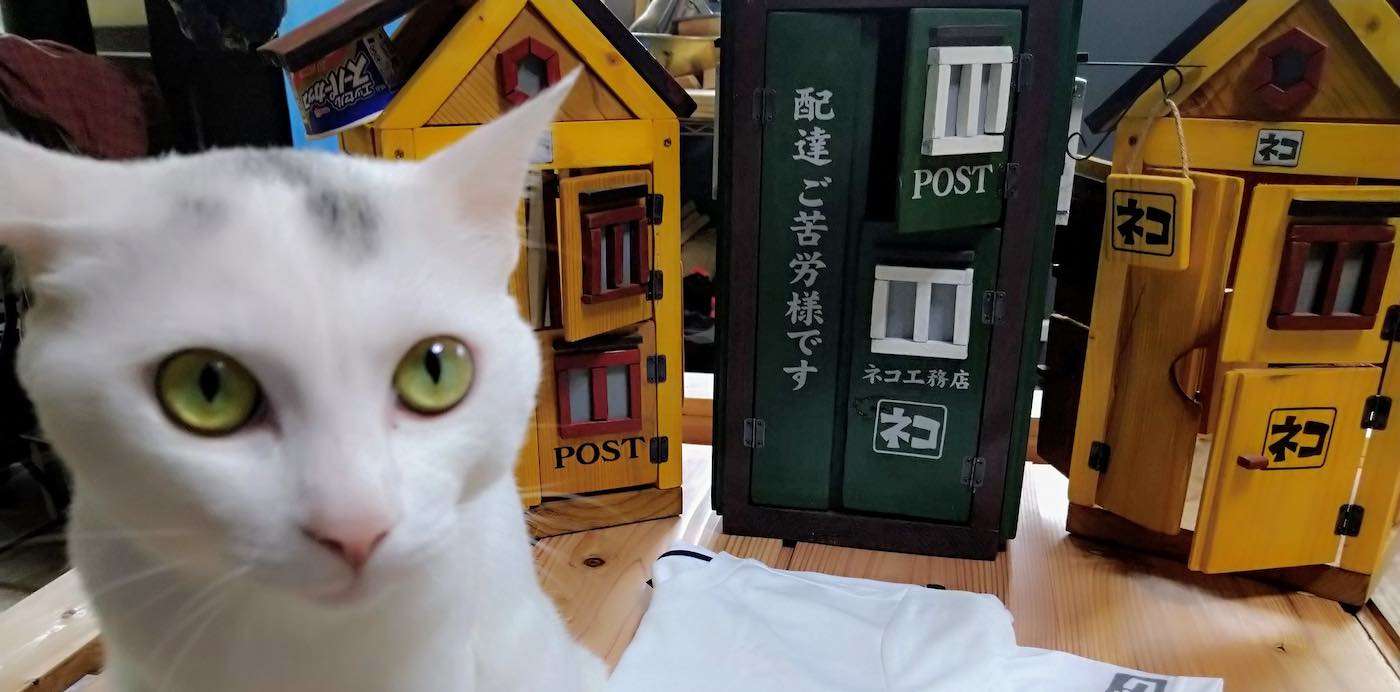Watch Diver's Thrilling Encounter With One of the World's Most Bizarre Fish That Has No Tail
A scuba diver was thrilled to swim among one of the world's most bizarre fish-the 5,000 pound Mola Mola which has no tail.

In Istanbul, a city of 15 million people that's famous for its relaxed attitude towards stray cats, groups of volunteers build elaborate houses for their feline neighbors.
There, cats can find donated food and toys, cushions and boxes to keep them out of harsh weather, and even a new owner if they're lucky.
It all started back in 2008, when, according to one source, an interior architect named Didem Gokgoz regularly passed through a park on her way to work in the district of Sisli—in which there were always stray cats trying to find places to keep warm in winter.
Attempting to help the felines, she placed several plastic boxes they could shelter in around Mistik Park, but officials removed them because they were seen as an eyesore.
Gradually, Gokgoz came to know the people who would feed the stray cats, and formed a plan to build more refined and pleasant shelters anchored to the ground with chains. Gokgoz invited the mayor to a meeting, and the idea was discussed in circumstances that perhaps drove home the need for some sort of action.
"There were three of us in the pouring rain: Me, my lawyer friend, and Mr. Mustafa Sarigul [then the Sisli mayor]," Gokgoz reported to Tol, a solutions-focused journalism outlet in Istanbul.
"We showed him our designs, explained how it would work and everything. Mr. Sarigul listened carefully and said, ‘OK, do it; if we think it works, we will support it.'"
Estimated at 125,000, the stray cat population of Istanbul is a more appreciated component of the metropolis. A 2016 documentary called Cat was a hit with international audiences, and revealed an interesting relationship between the city's furry residents and their human neighbors.
After getting Mr. Sarigul's word that new houses would not be removed, Gokgoz, who now runs the nonprofit cat supplier Podo, installed two houses in Mistik Park with her friends.
The Mistik Park houses, whimsical and colorful, were a turning point, which after being covered by local news saw replication in parks around the city's 39 districts. (See two of the designs on Tol.)
Gokgoz was flooded with requests to build houses: for two universities, cafes, and even the Industrial Development Bank of Turkey. After that came the requests to build cat houses in places further afield: the cities of Alanya, Izmir, and Gaziantep.
"It became something normal; individuals make requests for cat houses," she said. "That was our main goal, and we've reached it. Today, everybody accepts that cats must have their own life spaces in the city."
The cats too, responded to the real estate boom, and moved to them in droves.
This allows volunteers, who often organize via WhatsApp groups, to keep a closer eye on the cats' lives, ensuring that strays who wander into the community are spayed and neutered, and that any signs of disease can be dealt with swiftly.
SHARE the Good News From Turkey With Your Feline-Loving Chums…
Be the first to comment